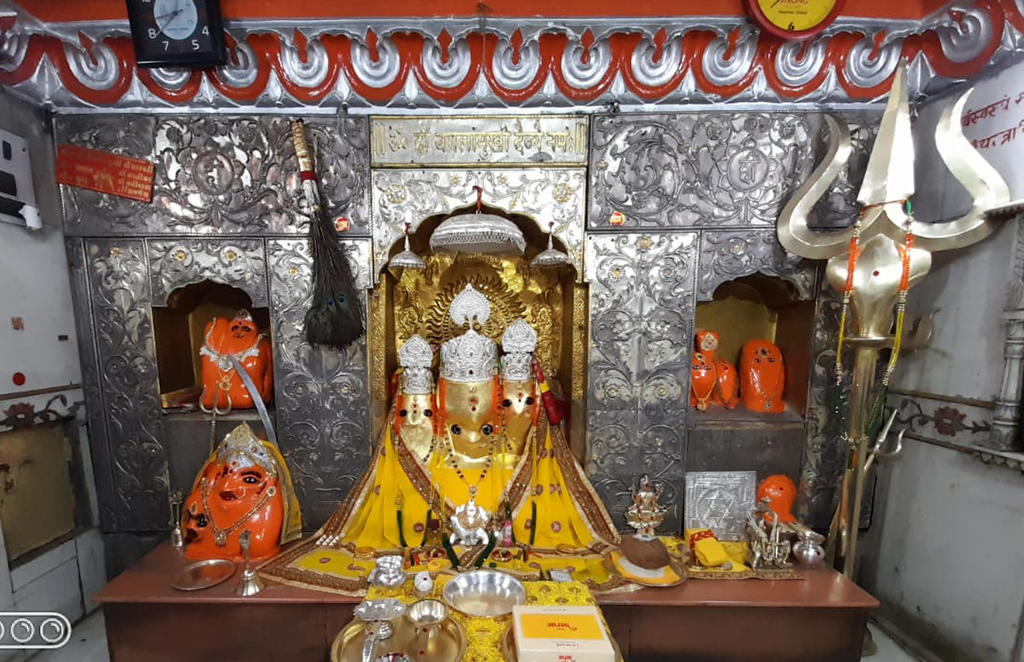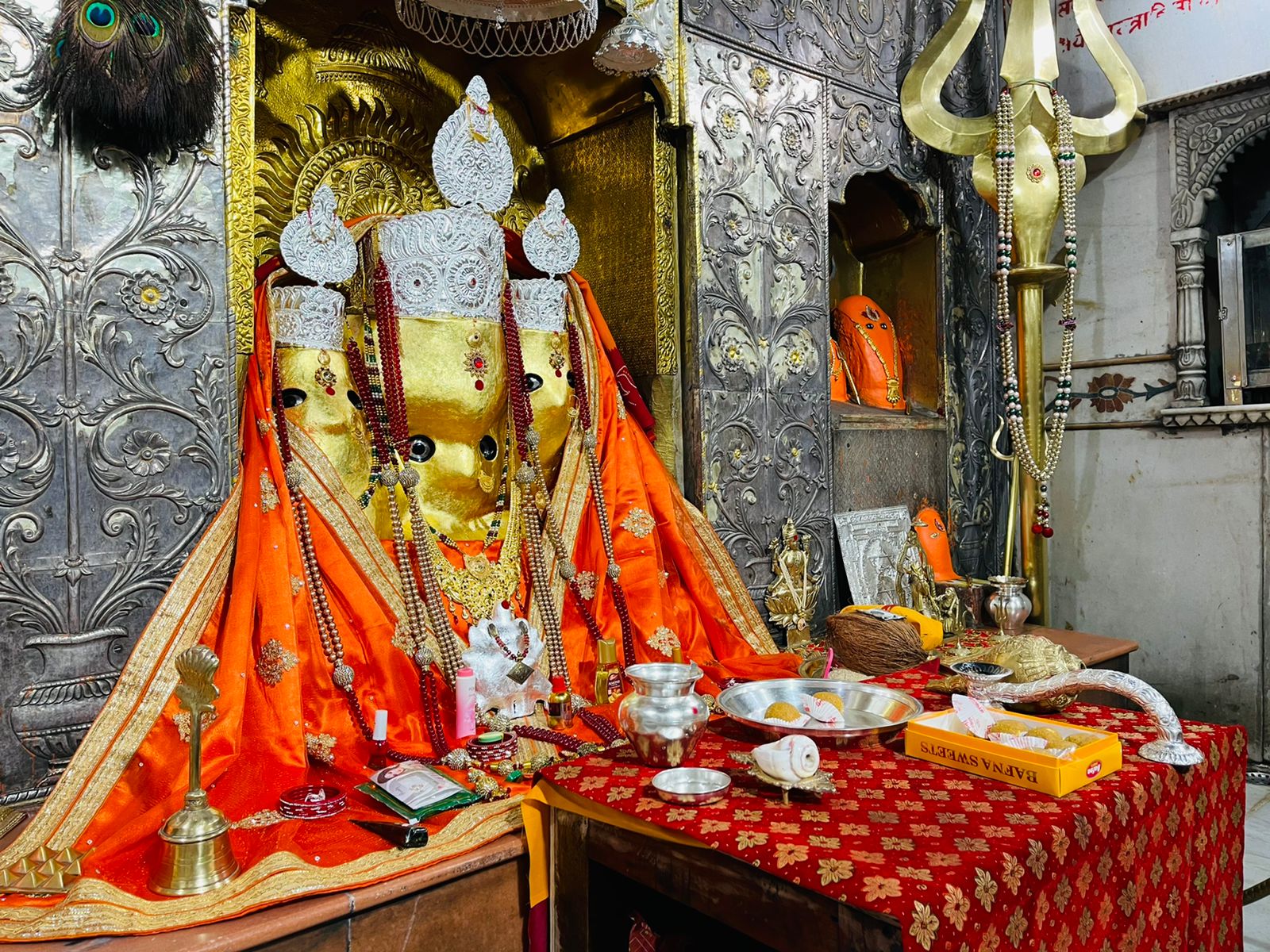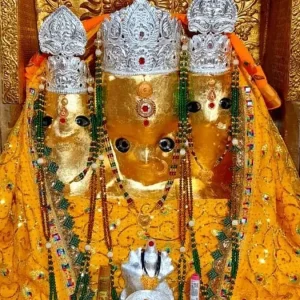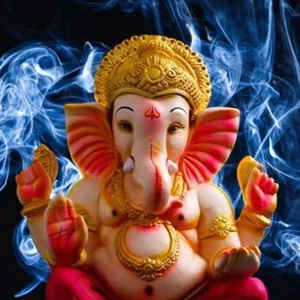Maa Baglamukhi, the eighth aspect of Durga, is worshipped for overcoming enemies, legal issues, and negativity. Performing a Baglamukhi puja at home can be a powerful way to seek her blessings and restore peace in your life. Here’s a step-by-step guide to simplify the puja process for you.
Preparing for the Baglamukhi Puja at Home:
- Choose an auspicious time: Ideally, conduct the puja during Brahma Muhurat (pre-dawn hours) or any other auspicious time recommended by your priest or according to your almanac.
- Gather the puja samagri (items):
- Yellow cloth (represents Maa Baglamukhi)
- Murti (idol) or picture of Maa Baglamukhi
- Kalash (pot) with mango leaves
- Ghee (clarified butter)
- Diya (oil lamp)
- Incense sticks and camphor
- Yellow flowers (like marigold)
- Fruits and sweets (vegetarian)
- Turmeric powder
- Sindhoor (vermilion)
- Holy water (Ganga Jal)
- Yellow mustard seeds
Setting Up the Puja Sthan (Place):
- Clean and purify the puja area by sprinkling it with Gangajal.
- Spread the yellow cloth on a chowki (raised platform) or a clean table.
- Place the kalash filled with water and mango leaves on the cloth.
- In front of the kalash, place the murti or picture of Maa Baglamukhi.
Performing the Baglamukhi Puja:
- Sankalp (resolve): Light the diya and incense sticks, and mentally resolve to perform the puja with devotion.
- Shaucham (purification): Wash your hands and feet, and sprinkle yourself with Gangajal.
- Aavahan (invocation): Chant the Baglamukhi Beej Mantra (“Om Hreem Baglamukhi Sarva Dushtanaam Vachham Mukham Padam Stambhay Phat Swaha”) to invite the Goddess’ presence.
- Panchamrut (five nectars): Prepare Panchamrit by mixing water, honey, ghee, curd, and sugar. Offer this to the kalash and murti.
- Shodashopachara (sixteen offerings): Offer one by one:
- Water for washing the feet (Padya)
- Water for drinking (Arghya)
- Sandalwood paste (Gandh)
- Flowers (Pushpa)
- Incense sticks (Dhoop)
- Diya with ghee (Deepak)
- Betel nut and leaf (Tambool)
- Yellow sweets (Mishri)
- Fruits ( फल fal)
- Coconut (Nariyal)
- Dakshina (offering of money)
- Yellow cloth (Vastra)
- Turmeric powder (Haldi)
- Sindhoor (vermilion)
- Mustard seeds (scatter these in four directions while chanting the Beej Mantra)
- Aarti (offering of light): Perform aarti with the diya and camphor, chanting hymns or mantras dedicated to Maa Baglamukhi.
- Mantras: Chant the Baglamukhi Beej Mantra or other recommended mantras for a specific number of repetitions (mala) as advised by your priest or scriptures.
- Prayer: Express your gratitude to Maa Baglamukhi and seek her blessings for overcoming challenges and achieving peace.
- Paribhog (offering of prasad): Consider the offered fruits and sweets as prasad blessed by the Goddess. You can distribute it among family members or consume it yourself.
- Visarjan (immersion): After the puja, immerse the leaves from the kalash in a flowing river or respectful place.
Conclusion:

Performing Baglamukhi puja at home can be a deeply enriching experience. Remember, devotion and a pure heart are the most important offerings. If you seek more elaborate guidance, consider consulting a priest for a personalized puja experience






